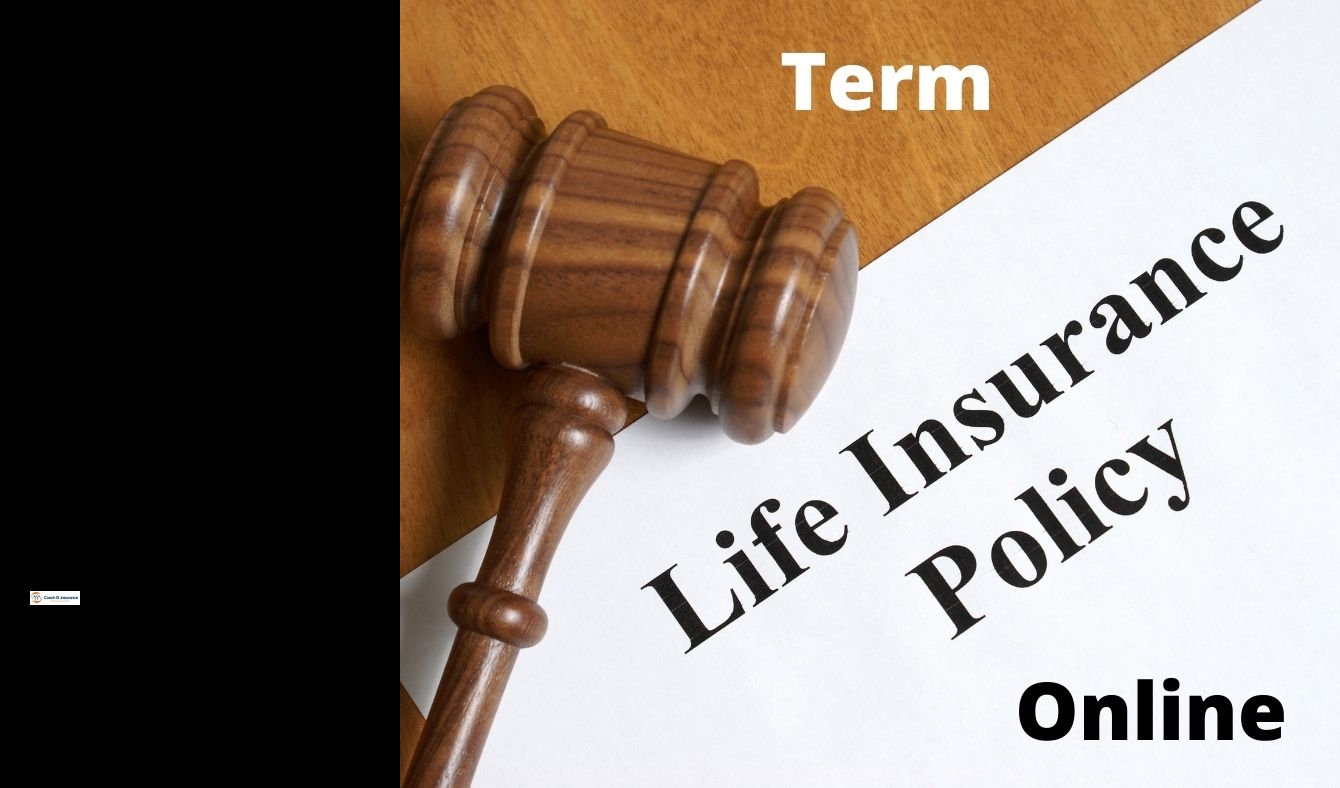quotes on term life insurance
Over 50% of Americans underestimate the cost of insurance, and delay purchasing a life insurance policy. LIMRA (research, consulting and professional development organization for financial service) and Life Happens (a non-profit focused on providing impartial education about insurance options), found that 44% of millennials thought a 20-year policy would run $1,000 per year. The actual cost of the policy was $165/year.



